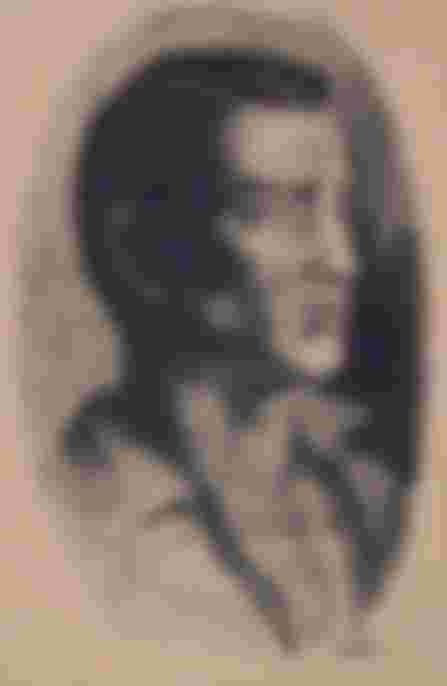Project History (July 22)

THE BLOODY SHOOTING OF THEIR CHILDREN IN NORWAY
July 22, 2011

A decade ago, a heinous crime rocked Norway. On this day in 2011, past 3:20 pm, an explosion occurred in Oslo, the capital of Norway, which destroyed the headquarters of the government quarter and the Prime Minister of Norway in Oslo. The blast was so powerful that it killed eight people and injured more than 200 others. But just hours after the blast, on the island of Utoya in northern Norway, a few kilometers away from Oslo, an armed man in a police uniform stormed a youth camp organized by Norway's Labor Party, and boarded a ferry boat past 5:25 pm onboard shot the youths there on the said island. Nearly 70 youths, of which the youngest was 14, were killed in this wanton hunt. Among the youths killed on the said island was the half-brother of the Norwegian princess and several close friends of the Norwegian Prime Minister.
The perpetrator of this wanton hunt was identified as Anders Behring Breivik, 32, a prominent supporter of fascist ideology and Nazism, and a racist extremist who believes the influence of Muslim immigrants in Norway should disappear. He was also the mastermind behind the bombing of a government office in Oslo. He was arrested by authorities on the island of Utøya, and in April 2012 he was indicted for his crimes. Although he admitted to the crimes committed, he denied that he had any accomplices in the blasting and killing of the youths. He was sentenced to 20 years in prison for his crimes.
But in 2015, the incarcerated Breivik filed a lawsuit against the Norwegian government for human rights violations for making his treatment in prison, and in March 2016, Breivik’s appeal hearing began, which even showed his rudeness in court when giving a Nazi salute. The Oslo district court initially ruled that the Norwegian government had committed a violation of Breivik, but in 2017 Breivik's appeal was also dismissed, and the Norwegian court of appeals overturned the first verdict in Breivik's case. Breivik is still incarcerated, and his sentence will be extended in case he continues to pose a threat to Norwegian security.
The so-called "July 22 attacks" have been called the bloodiest day since Nazi Germany invaded Norway during World War II. Many people around the world have strongly condemned this attack by an extremist. Breivik was also dubbed the biggest monster after Quisling for his crimes.
JAPAN MAKES FINAL PAYMENT FOR ITS 800-MILLION DOLLAR DAMAGES TO THE PHILIPPINES
July 22, 1976

On this day in 1976, Japan completed the payment of war reparations to the Philippines after their disastrous occupation of our country during World War II. Japan's payment of its war reparations was part of the Reparations Agreement signed by the Philippines and Japan on May 9, 1956 which stated that Japan would pay the Philippines in damages amounting to US $ 800 million in damages for to damaged property and victims in our country during the war, for 20 years. The signing of the Reparations Agreement by the two countries was as part of the formal reconciliation and arrangement between the two countries divided by the previous war.
With the effect of the San Francisco Agreement signed in 1951, the state of war between the Philippines and Japan formally ended, and as part of the reconciliation between the two countries, then -President Elpidio Quirino granted presidential pardon to Japanese prisoners who have committed crimes here in our country, including Japanese who have been sentenced to death here. However, some victims of the war, especially women who became comfort women, continue to petition for justice for what happened to them during the Japanese occupation.
HERMANO PULE WAS BORN
July 22, 1815

Apolinario de la Cruz was born into a religious family. His father and mother, Pablo de la Cruz and Juana Andres, are both religious. So it is not surprising that the time came when he wanted to become a priest. Because of his intense desire to fulfill this dream, he tried to enter various religious orders Manila but none of them accepted him. He was very frustrated but it did not cause him to stop fulfilling his dream.
After he joined some religious brotherhood, he founded the Confradia de San Jose. He served as the leader or brother mayor so he earned the nickname "Hermano Pule". Their organization has its own rituals, and prayers. He tried to ask for recognition from the church so that they could meet freely and spread their faith but their request was denied. The Spaniards did not allow any kind of religion other than Catholicism of those times.
On November 1, 1841, Spanish soldiers attacked their camp, in which hundreds of members were killed. Hermano Pule tried to flee to Sariaya but was also captured by the Spaniards. He was hanged on November 4, 1841.
References:
The Associated Press (2021, July 19). Norway's July 22, 2011, terror attack: a timeline. Retrieved July 22, 2021, from https://apnews.com/article/europe-norway-oslo-anders-breivik-bd6c9d2efd6ce2148c3d85cb79d73af9
Wikipedia (n.d.). 2011 Norway attacks. Retrieved July 22, 2021, from https://en.m.wikipedia.org/wiki/2011_Norway_attacks
Suliguin, G. (2018, May 22). :. Philippine News Agency. https://www.pna.gov.ph/articles/1036022
The Straits Times (2018, May 3). What do you want me to do?:. https://www.straitstimes.com/asia/se-asia/is-manila-now-making-concessions-for-tokyo-inquirer#:~:text=Japan's%20payment%20of%20war%20reparations,years%2C %20from%201956%20to%201976. & text = The%20government%20last%20year%20secured, to%20the%20Department%20of%20Finance.
The Shame Project (n.d.). Today in Philippine History, July 22, 1815, Apolinario de la Cru was born in Lukban, Tayabas. Retrieved July 22, 2020, from https://kahimyang.com/kauswagan/articles/1521/today-in-philippine-history-july-22-1815-apolinario-de-la-cruz-was-born-in-lukban-tayabas


